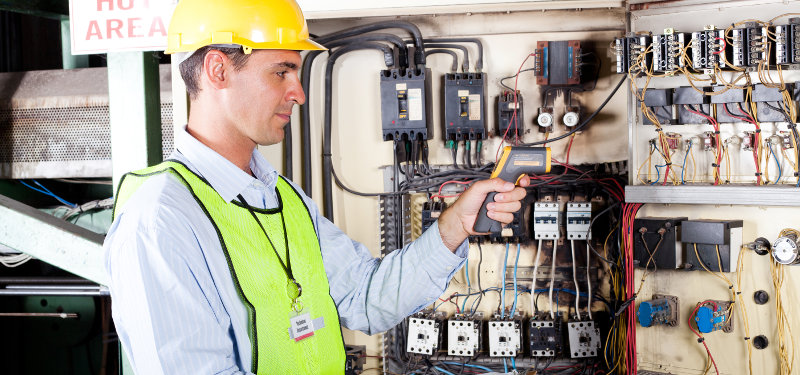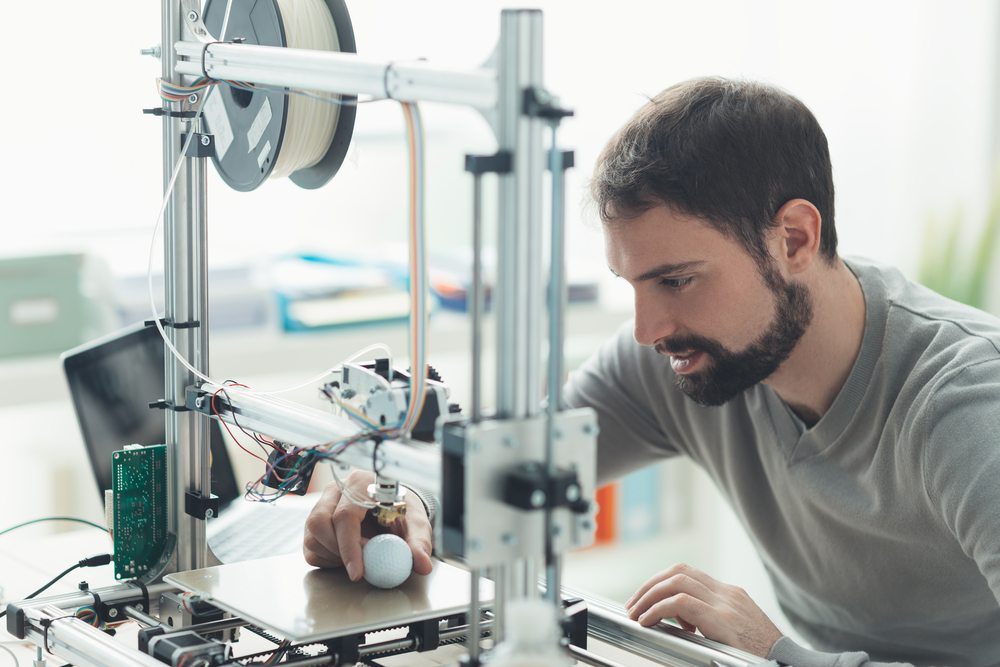Introduction:
Electronic products have become an integral part of our daily lives, from smartphones to laptops to kitchen appliances. As we become increasingly reliant on technology, it is important to ensure the safety of these products. Electronic product safety is a critical aspect of the design and development process, and it involves a range of factors, from electrical safety to electromagnetic compatibility. In this article, we will explore the importance of electronic product safety, the factors involved in ensuring safety, and the measures that can be taken to ensure the safety of electronic products.

Factors Involved in Electronic Product Safety Electronic product safety involves several key factors, including electrical safety, electromagnetic compatibility, and environmental safety. Let’s take a closer look at each of these factors:
Electrical Safety: Electrical safety is one of the most critical factors in electronic product safety. It involves ensuring that electronic products are designed and manufactured to minimize the risk of electric shock, fire, or other hazards. Electrical safety standards vary by country, but they typically involve testing and certification processes that evaluate the safety of the product’s electrical components and design.
Electromagnetic Compatibility: Electromagnetic compatibility (EMC) is another important factor in electronic product safety. EMC involves ensuring that electronic products do not interfere with other electronic devices or systems and do not experience interference from external sources. EMC testing evaluates a product’s susceptibility to electromagnetic interference (EMI) and its ability to emit electromagnetic radiation (EMR).
Environmental Safety: Environmental safety involves ensuring that electronic products are designed and manufactured with consideration for their impact on the environment. This includes minimizing the use of hazardous materials, ensuring proper disposal of electronic waste, and designing products with energy efficiency in mind.
Measures to Ensure Electronic Product Safety There are several measures that can be taken to ensure the safety of electronic products. These include:
Designing for Safety: Electronic products should be designed with safety in mind from the outset. This involves identifying potential hazards and designing products to minimize those hazards. For example, products should be designed to prevent electric shock, minimize the risk of fire, and ensure proper grounding and shielding to minimize electromagnetic interference.
Testing and Certification: Electronic products should be tested and certified to ensure that they meet safety standards. This involves conducting a range of tests to evaluate the product’s electrical safety, EMC, and environmental impact. Certification from recognized testing organizations such as Underwriters Laboratories (UL) or the International Electrotechnical Commission (IEC) can provide assurance that the product has been thoroughly tested and meets safety standards.
Compliance with Regulations: Electronic products must comply with regulations governing electrical safety, EMC, and environmental impact. These regulations vary by country, and manufacturers must ensure that their products meet the relevant standards and regulations in the markets where they are sold.
Electronic products have become an integral part of our daily lives, from home appliances to medical devices. With the increasing use of these products, ensuring their safety has become a significant concern. The safety of electronic products is essential for protecting consumers from potential hazards and preventing accidents. This article will discuss electronic product safety, including its meaning, importance, standards, and regulations.
What is Meant by Product Safety?
Product safety refers to the measures taken to ensure that products do not pose any risk or harm to consumers during their intended use. It is a critical aspect of product development, manufacturing, and distribution. Product safety includes identifying potential hazards, evaluating the risks, and implementing appropriate measures to mitigate or eliminate them.
What are IEC Standards for Products?
IEC stands for the International Electrotechnical Commission, a global organization that develops and publishes international standards for electrical, electronic, and related technologies. The IEC sets safety standards for electronic products, including guidelines for product design, manufacturing, and testing. These standards help ensure that electronic products are safe for consumers and meet specific safety requirements.
What is an Example of Product Safety?
An example of product safety is the use of safety features in electronic products such as over-current protection, short-circuit protection, and over-voltage protection. These safety features prevent damage to the product and ensure that it does not cause harm to the user. For example, a surge protector with over-voltage protection will prevent the electronic device from being damaged by an electrical surge and prevent potential harm to the user.
How to Safely Work with Electronics?
Working with electronics can be dangerous if proper safety precautions are not taken. To safely work with electronics, individuals should follow these safety guidelines:
- Turn off and unplug the device before working on it.
- Wear appropriate safety gear, such as safety glasses and gloves.
- Use tools and equipment designed for electronics work.
- Avoid using metal tools near live circuits.
- Do not touch electrical components with wet hands.
- Work in a well-ventilated area to avoid inhaling toxic fumes.
Safety Standards for Electronic Products:
There are several safety standards for electronic products, including the following:
- UL (Underwriters Laboratories) Safety Standards: UL is a global safety certification company that provides safety testing, inspection, and certification services for electronic products.
- IEC Safety Standards: As mentioned earlier, the IEC develops and publishes international standards for electrical, electronic, and related technologies.
- FCC (Federal Communications Commission) Regulations: The FCC regulates the use of electronic devices in the United States, including setting standards for radio frequency emissions.
- RoHS (Restriction of Hazardous Substances) Directive: The RoHS directive restricts the use of certain hazardous substances in electronic products sold in the European Union.
Electronic Safety Devices:
Electronic safety devices are used to protect electronic products and users from potential hazards. Some common electronic safety devices include:
- Circuit Breakers: Circuit breakers protect against over-current and short circuits by interrupting the flow of electricity when an electrical fault occurs.
- Ground Fault Circuit Interrupters (GFCI): GFCIs protect against electrical shock by interrupting the electrical current when an imbalance in current flow is detected.
- Surge Protectors: Surge protectors protect electronic devices from power surges that can damage them.
Electronic Product Labeling Requirements:
Electronic products must be labeled with certain information to inform consumers of potential hazards and proper use. Some common labeling requirements include:
- Warning Labels: Warning labels are used to alert users to potential hazards associated with the product.
- Instructional Labels: Instructional labels provide information on how to properly use the product.
- Certification Labels: Certification labels indicate that the product has been tested and certified to meet specific safety standards
What is electronic product safety?
Electronic product safety refers to the measures taken to ensure that electronic products are safe for use and do not pose any health or safety hazards to users.
What are some common safety concerns associated with electronic products?
Some common safety concerns associated with electronic products include electrical shock, fire hazard, radiation exposure, and chemical exposure.
What are IEC standards for products?
IEC standards are international standards developed by the International Electrotechnical Commission (IEC) to ensure that electronic products meet safety, quality, and performance standards.
What are some regulations for electronic products?
Regulations for electronic products vary depending on the country or region, but they typically include requirements for safety testing, labeling, and certification.
What are electronic safety devices?
Electronic safety devices are devices designed to protect users from potential safety hazards associated with electronic products. Examples include surge protectors, ground fault circuit interrupters, and electrical safety switches.
What are electronic product labeling requirements?
Electronic product labeling requirements vary depending on the country or region, but they typically include information about the product’s safety, power requirements, and potential hazards.
What is electronic compliance?
Electronic compliance refers to the process of ensuring that electronic products meet the safety and regulatory requirements of the country or region where they are sold.
What is a guide to United States electrical and electronic equipment compliance?
A guide to United States electrical and electronic equipment compliance provides information on the safety and regulatory requirements that electronic products must meet to be sold in the United States. This includes requirements for safety testing, labeling, and certification.
Conclusion:
Electronic product safety is a critical aspect of the design and development process. Ensuring the safety of electronic products involves addressing factors such as electrical safety, EMC, and environmental impact. Measures to ensure safety include designing for safety, testing and certification, and compliance with regulations. By prioritizing electronic product safety, manufacturers can ensure that their products are not only innovative and functional, but also safe and reliable for consumers.



